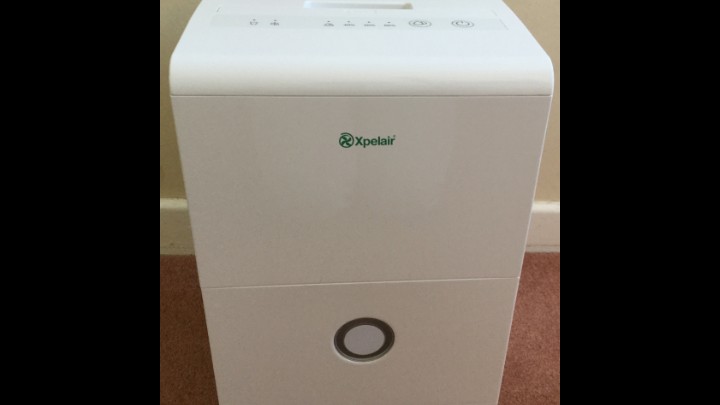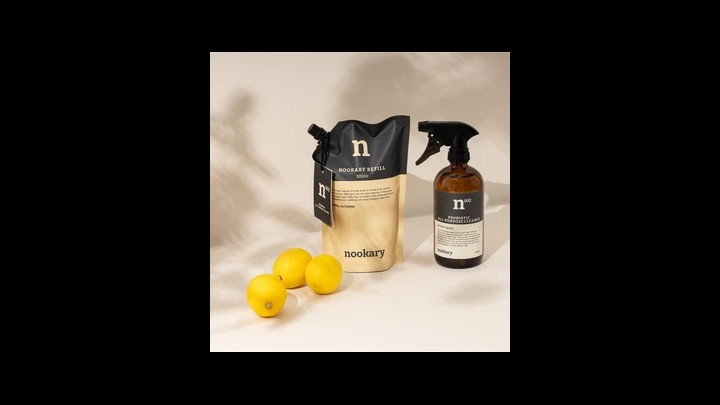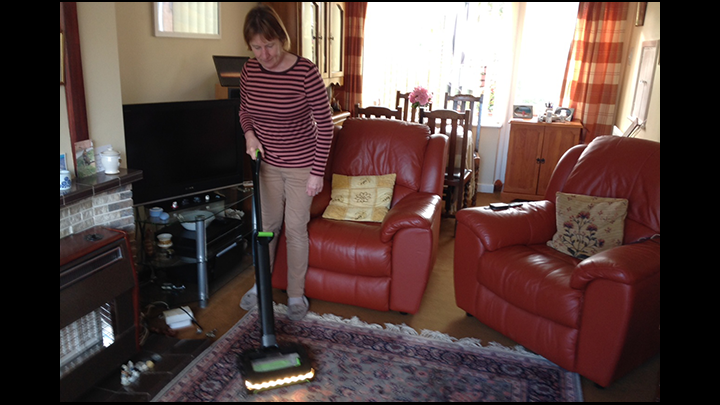
When our kitchens are full of shiny white goods taking much of the labour out of domestic chores, it is easy to forget how recently most of those chores were done by hand.
This involved heavy labour by someone – most commonly the housewife. Even fifty years ago a housewife’s life was filled with heavy manual jobs and without the machines that do it all now, much of the feminist revolution could not have happened.
Once a week (Monday seemed to have been the favourite - does anyone have any idea why?) all the laundry was gathered together. Quite commonly it was boiled to begin the process; In Britain’s temperate climate a big iron pot would be put on the stove and left for some time. In warmer conditions a copper went over an open fire in the back yard.
The alternative was for the washer, up to her elbows in suds, to get the clothes in a tub and rub them by hand. This was where the washboard came into its own, rubbing individual items up and down on its corrugations. Stains were attacked with a scrubbing brush. Everything was then rinsed by hand, often under running water, then each item was put through the mangle, itself a heavy manual job, before being hung out to dry. If this sounds like a lot of work, it was and commonly took a whole day to complete.
The first signs of labour-saving came with the washtub, a top-loading single tank with an impeller built in. This swirled the laundry in soapy water and took away about half the labour but everything still had to be rinsed and put through the mangle by hand. But progress slowly crept in. I can still remember my mother being in ecstasy when we acquired our first twin-tub in the early 1950’s. With the twin tub the washing part was the same, done in the soapy water tub.
The more advanced twin tubs drained the soapy water away then clean water was passed through until rinsing was complete. Each item was then transferred by hand to the spinner which again top loaded and had a lid which provided a safety feature, being interlocked so that the spinner could only be started with the lid down. But the inevitable mangle was still waiting to give a final drying.
The fundamental processes of getting our laundry clean with soap and water have not changed. But above all, the front-loading automatic we are used to today performs each process in succession without the need to stand over it, shifting everything from one tub to the next by hand. And the greater efficiency of the modern spin cycle has finally done away with the ned for the mangle. So the last of the back-breaking chores of yore has faded into history.
There are many debates about what contributed most to the emancipation of women and allowed their transfer to the outside world of paid work. But a good case can be made for the humble washing machine bringing the demise of washday Monday and its heavy manual labour which traditionally was the domain of the housewife.
EDITOR: Douglas has written for the website and articles can be found here, here , here , here and here.
![Review Of Shark Cordless Handheld Vacuum Cleaner [Twin Battery] WV251UK](https://reviewspot.co.uk/uploads/posts/1557149910Sharkhandheld6.jpg)










